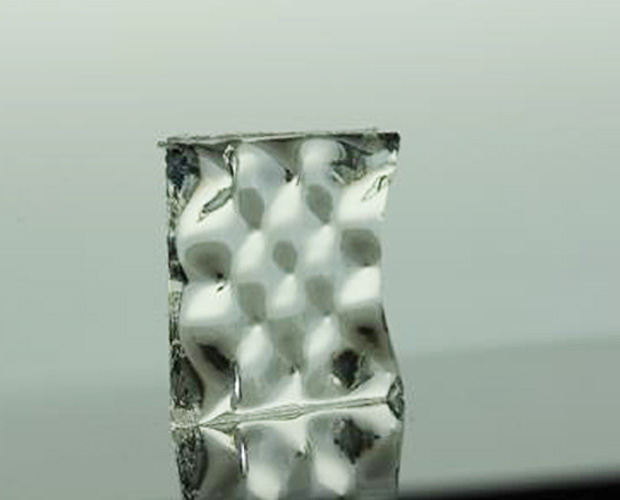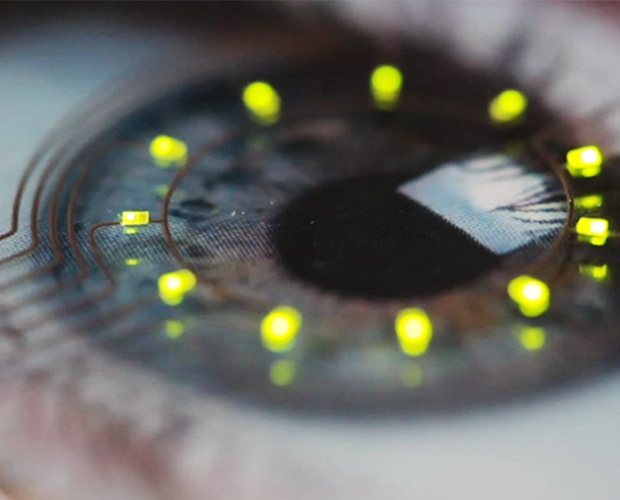
In recent years, 3D printing technologies have become increasingly attractive to fabricate optical components. This is directly linked to advances in the manufacturing technology and the employed optical resins or inks.
Together with Fraunhofer IOF and Hochschule Aalen, Fraunhofer ISC is exploring innovative ways to revolutionize optical manufacturing. Processes such as stereolithography and inkjet-printing have been adapted to create precise and smooth surfaces and hyprid polymer-based resins (ORMOCER®) were developed and adapted for the respective printing technologies. With this additive manufacturing approach, we could create freeform optical surfaces with hybrid materials that exhibit glass-like optical properties, i.e. high transmission, low-yellowing and excellent thermal stability.

